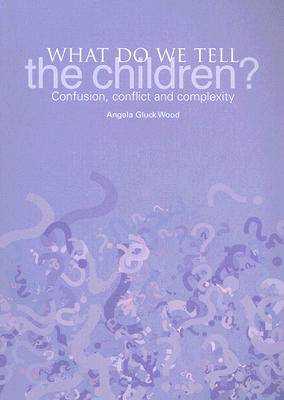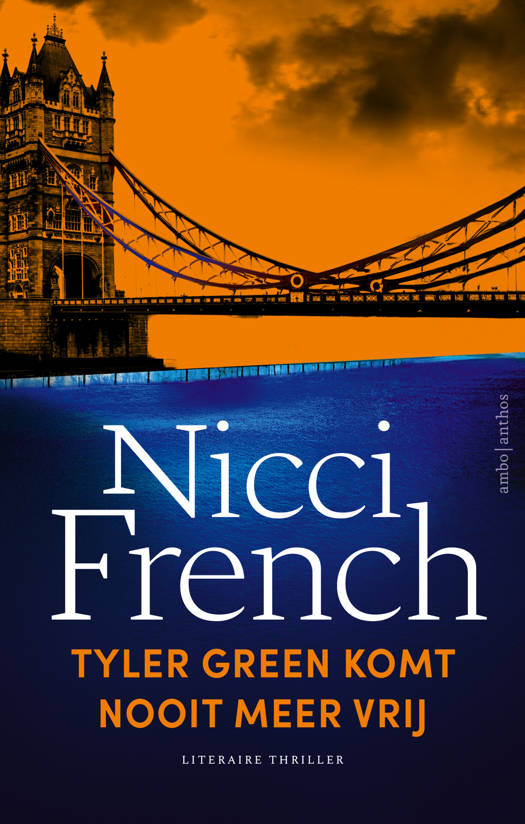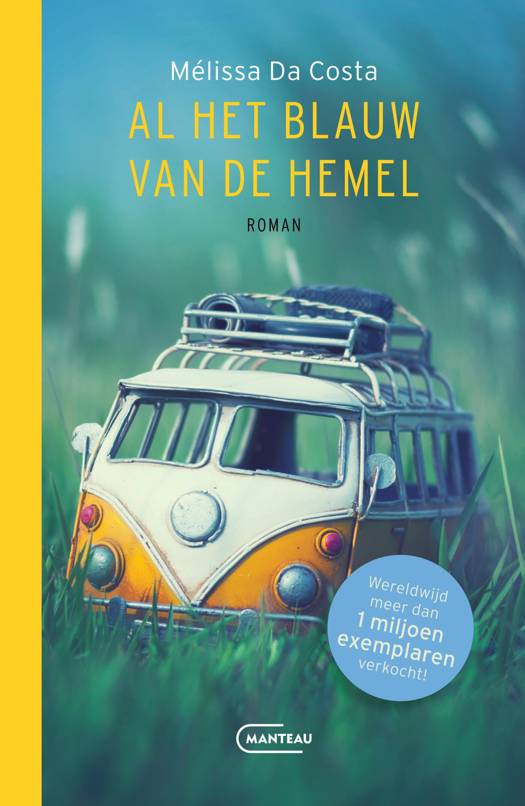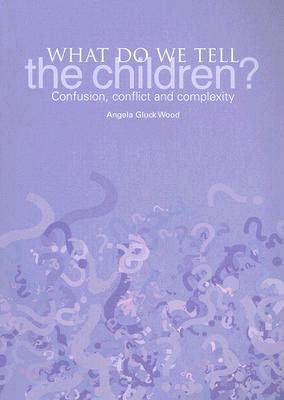
- Afhalen na 1 uur in een winkel met voorraad
- Gratis thuislevering in België vanaf € 30
- Ruim aanbod met 7 miljoen producten
- Afhalen na 1 uur in een winkel met voorraad
- Gratis thuislevering in België vanaf € 30
- Ruim aanbod met 7 miljoen producten
Zoeken
What Do We Tell the Children?
Confusion, Conflict and Complexity
Angela Gluck Wood
Paperback | Engels
€ 23,95
+ 47 punten
Omschrijving
This timely book offers preparation for teaching about issues of conflict and provides specific resources to use in the classroom. The teaching and learning material can be used flexibly in conjunction with existing schemes of work according to the teacher's professional judgement.
Children are growing up in a complex and confusing world. The complexity and confusion derives partly from the conflict caused by, or connected to, religious beliefs, political ideologies and philosophical life stances. Such conflicts are especially likely to erupt when two different absolutes clash. The clashes stem from bigotry and they also nourish it.
Increasingly, these clashes are expressed in verbal and physical violence--violence that makes "good news" for the media. All religions speak of "good news" of another order but this voice is often drowned. That billions of believers the world over are neither fundamentalist nor fanatical, but desire peace and understanding for themselves and others is a fact the press, broadcasting and popular discourse generally ignore. And so complexity and confusion are confounded.
What Do We Tell the Children? evokes dilemmas about the scope of sensitive matters when talking with children. We adults may be uncomfortable and confused ourselves but children and young people have pressing and pertinent questions and seek a response even if there is no one answer. Wood suggests practical ways for teachers to respond to these questions.
Children are growing up in a complex and confusing world. The complexity and confusion derives partly from the conflict caused by, or connected to, religious beliefs, political ideologies and philosophical life stances. Such conflicts are especially likely to erupt when two different absolutes clash. The clashes stem from bigotry and they also nourish it.
Increasingly, these clashes are expressed in verbal and physical violence--violence that makes "good news" for the media. All religions speak of "good news" of another order but this voice is often drowned. That billions of believers the world over are neither fundamentalist nor fanatical, but desire peace and understanding for themselves and others is a fact the press, broadcasting and popular discourse generally ignore. And so complexity and confusion are confounded.
What Do We Tell the Children? evokes dilemmas about the scope of sensitive matters when talking with children. We adults may be uncomfortable and confused ourselves but children and young people have pressing and pertinent questions and seek a response even if there is no one answer. Wood suggests practical ways for teachers to respond to these questions.
Specificaties
Betrokkenen
- Auteur(s):
- Uitgeverij:
Inhoud
- Aantal bladzijden:
- 142
- Taal:
- Engels
Eigenschappen
- Productcode (EAN):
- 9781858564074
- Verschijningsdatum:
- 20/04/2007
- Uitvoering:
- Paperback
- Formaat:
- Trade paperback (VS)
- Afmetingen:
- 213 mm x 296 mm
- Gewicht:
- 390 g

Alleen bij Standaard Boekhandel
+ 47 punten op je klantenkaart van Standaard Boekhandel
Beoordelingen
We publiceren alleen reviews die voldoen aan de voorwaarden voor reviews. Bekijk onze voorwaarden voor reviews.











